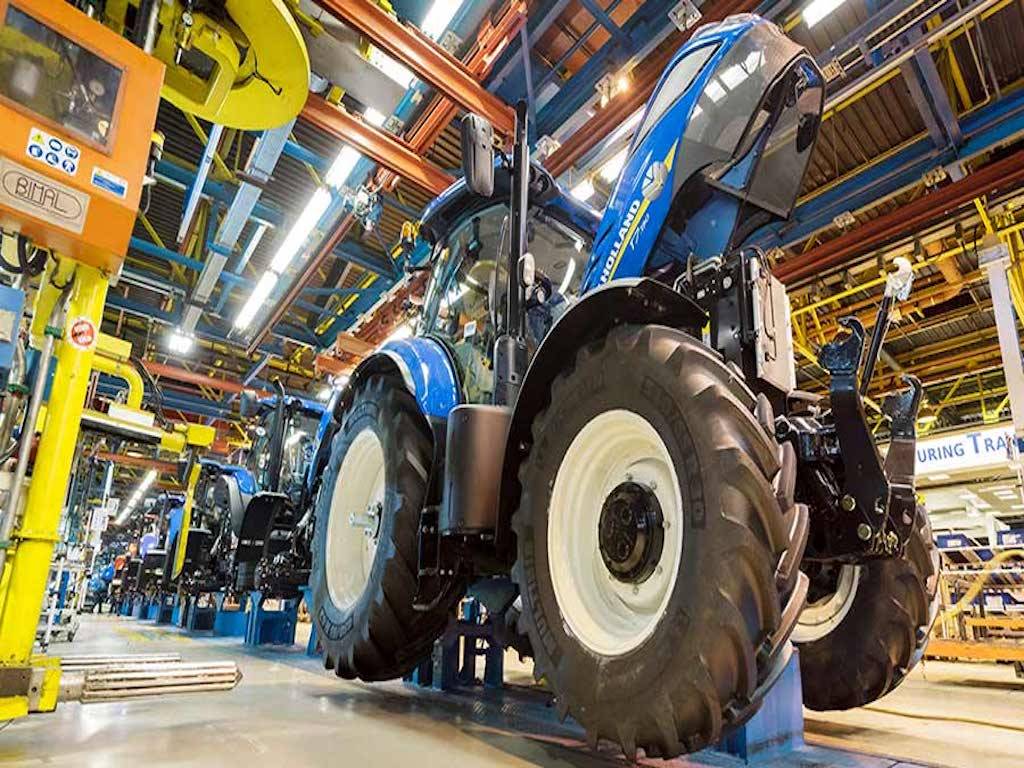
Escorts Ltd, controlled by the Nanda family, concluded a multi-layered arrangement with Kubota Corp, a worldwide farm equipment company, last week, bringing the Osaka, Japan-based Company’s stake to 53.50 percent. It was a harbinger of a fundamental shift in the agri-machinery industry's character.
Escorts and Kubota, Japan's oldest tractor manufacturer, will finalise a plan for the following six to seven years once the deal is completed. Part of the objective is to significantly diversify the product line, including boosting the agricultural machinery area, which presently accounts for a minor portion of the business. Kubota would also utilise the cash reserve to establish a cutting-edge worldwide R&D centre, according to Bharat Madan, Escorts' chief financial officer, on an investor call last week.
This is also not a one-off strategic action. In a post-earnings call with the media earlier this month, tractor market leader Mahindra and Mahindra (M&M) stated it expects its agricultural machinery market share to increase from 10% to 30% over the next five years. This will result in a 10x increase in revenue, with domestic revenue of 4,000 crore and export revenue of 1,000 crore. This does not include revenue from farm machinery sold through its international subsidiaries.
"Given the moderate percentage of the domestic market held by organised players, agricultural machinery has enormous potential." In addition, India contributes only $1 billion to the $100 billion global agricultural machinery market," said Hemant Sikka, head of Mahindra & Mahindra's farm equipment division. Today, the domestic industry is worth 5,000 crores. It would approach 12,000 crore by 2027 if it grows at a compound annual growth rate (CAGR) of 18 to 20%, he noted.
In many respects, India's farm equipment and machine sector is unusual, and when compared to other markets across the world, it paints an ominous image.
Tractor penetration in India, the world's largest market by volume, increased to 45-50 units per thousand hectares by the conclusion of the 2020-21 fiscal year, above the global average of 30 units per thousand hectares.
Harvesters, transplanters, straw reapers, and other farm machinery, as well as implements like cultivators, harrows, and ploughs, fall under this category. According to Hemal Thakkar, director at Crisil Research, firms in the agricultural equipment industry earn half of their income from non tractor operations globally, but in India, the revenue share is disproportionately skewed towards tractors, with close to 90% coming from them.
"The market is severely fragmented, and landholdings are significantly smaller than in other parts of the world," he noted, "which discourages purchasers from investing in mechanised equipment."
To capitalise on the potential, M&M is constructing a specialized agricultural machinery factory in Pithampur, Madhya Pradesh. The plant would be operational the next fiscal year. M&M will introduce 15 items in the agricultural machinery area over the next four years as part of the strategy. Products that are tractor mounted or tractor trailed, as well as self-propelled, will be included.
"It is what it is all over the world, and as we've mentioned before, India is tractorized but not mechanised." And there is a huge potential for us as leaders to accelerate the pace of mechanisation," Rajesh Jejurikar, M&M's executive director of auto and agricultural equipment, told investors.
Other tractor manufacturers, such as global leaders John Deere, Case New Holland, and Sonalika Tractor, are sprucing up their farm mechanisation offering, in addition to M&M and Escorts.
According to an analyst at a domestic brokerage, large organised corporations have been examining this market for some time but haven't been able to make any progress. They don't have much of a choice, he says, because the tractor market is slowing down. Because of the modest landholdings and dispersed structure of the market, he noted, the farm machinery segment has been difficult to penetrate. "Manufacturers have been attempting to devise a solution that may be applied to a variety of purposes. "Offering a small product or machine has been difficulty given the various crop cycles and each crop requires a different equipment or tools," he added.
As a result, firms who develop a low-cost, high-quality product will succeed, while others will remain on the periphery.
"We believe this entire business can be organized with the appropriate sort of products at the right pricing point," M&M's Sikka added. He noted that the corporation will draw on its tractor knowledge as well as its worldwide divisions.
















